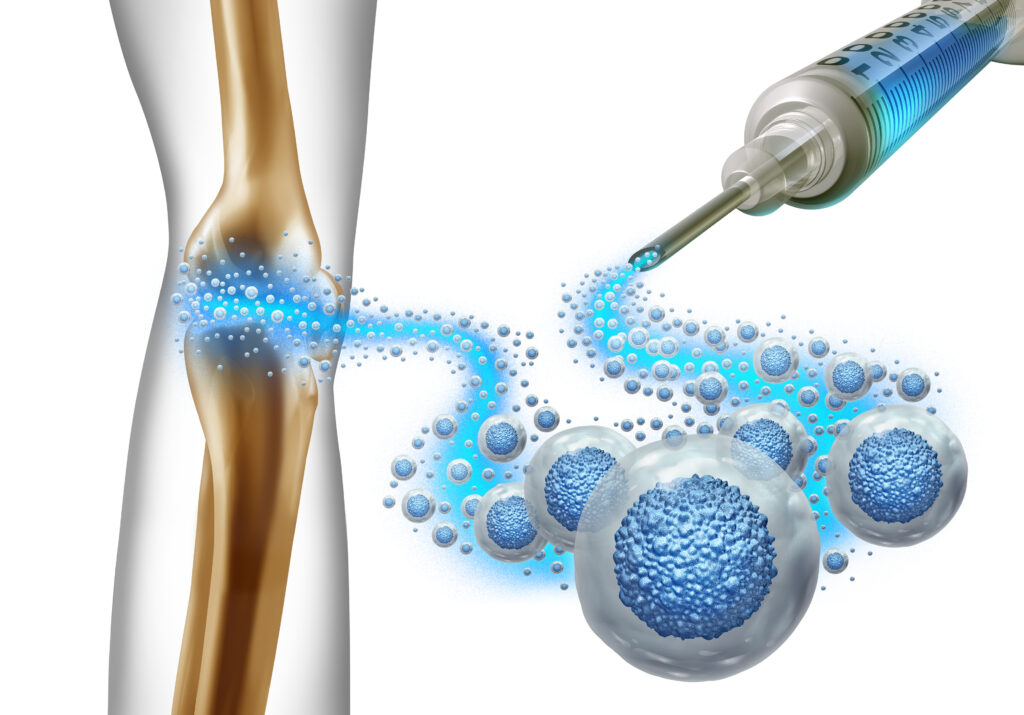Osteoarthritis (OA) is a common degenerative disease that affects older cats, leading to significant reductions in their quality of life (QOL). As pet owners, we deeply care about the wellness and comfort of our feline companions, and finding effective treatments for conditions like OA is crucial. A recent study, conducted by Kosuke Mitani, Yuki Ito, Yukio Takene, and Toshio Inaba, explores the potential of allogeneic adipose-derived mesenchymal stem cell (ADSC) therapy as a promising treatment for cats suffering from this debilitating condition.
In their research, the authors aimed to quantitatively assess the effectiveness of ADSC therapy in naturally occurring OA cases in cats by utilizing various QOL assessment tools. To establish a foundation for their study, they first characterized the in vitro properties of ADSCs derived from four healthy cats. The cells exhibited a spindle shape, maintained their morphology throughout five passages, and displayed differentiation potential into osteogenic, adipogenic, and chondrogenic lineages.
The study involved six cats diagnosed with OA, who received a single intravenous injection of allogeneic ADSCs. The feline musculoskeletal pain index (FMPI) was used as the primary outcome measure to evaluate improvements in QOL. Remarkably, results indicated that the FMPI scores of all cats significantly increased one month after receiving ADSC therapy, suggesting a positive impact on pain reduction and overall well-being.
Additionally, the authors noted that the cultured ADSCs expressed specific surface markers, such as CD44 and CD90, while lacking the expression of CD14 and CD45, indicating their potential as immunomodulatory agents. Importantly, there were no observed adverse effects related to the ADSC administration during follow-up, reinforcing the safety of this treatment approach.
In conclusion, this study highlights the potential benefits of ADSC therapy for enhancing the quality of life in cats suffering from osteoarthritis. While the findings are promising, the authors emphasize the need for further research with larger sample sizes to fully understand the effectiveness and long-term benefits of this innovative therapy.
As we continue to seek better treatments for our beloved pets, studies like this provide hope and pave the way for new therapeutic options that could significantly improve their quality of life.


